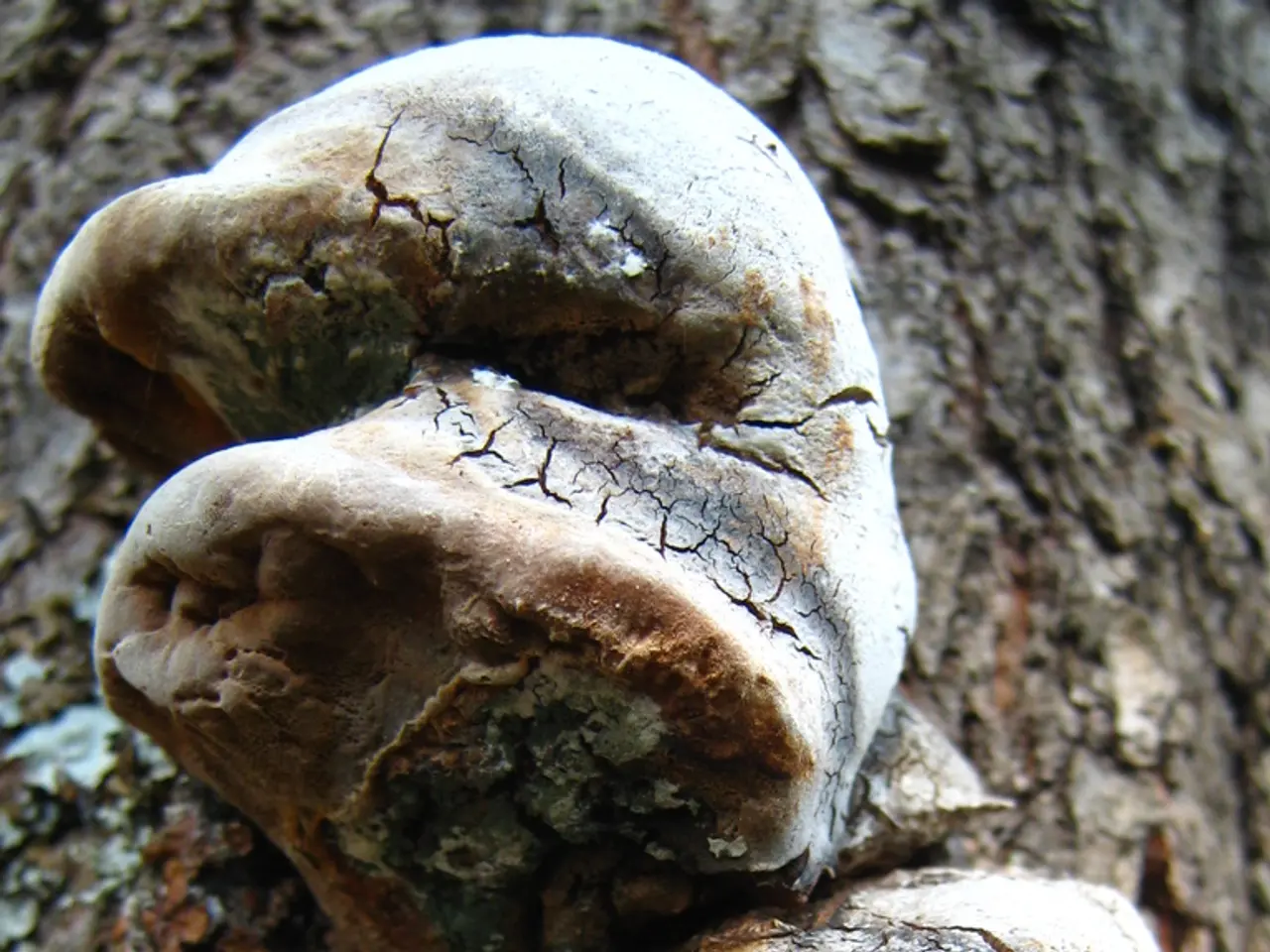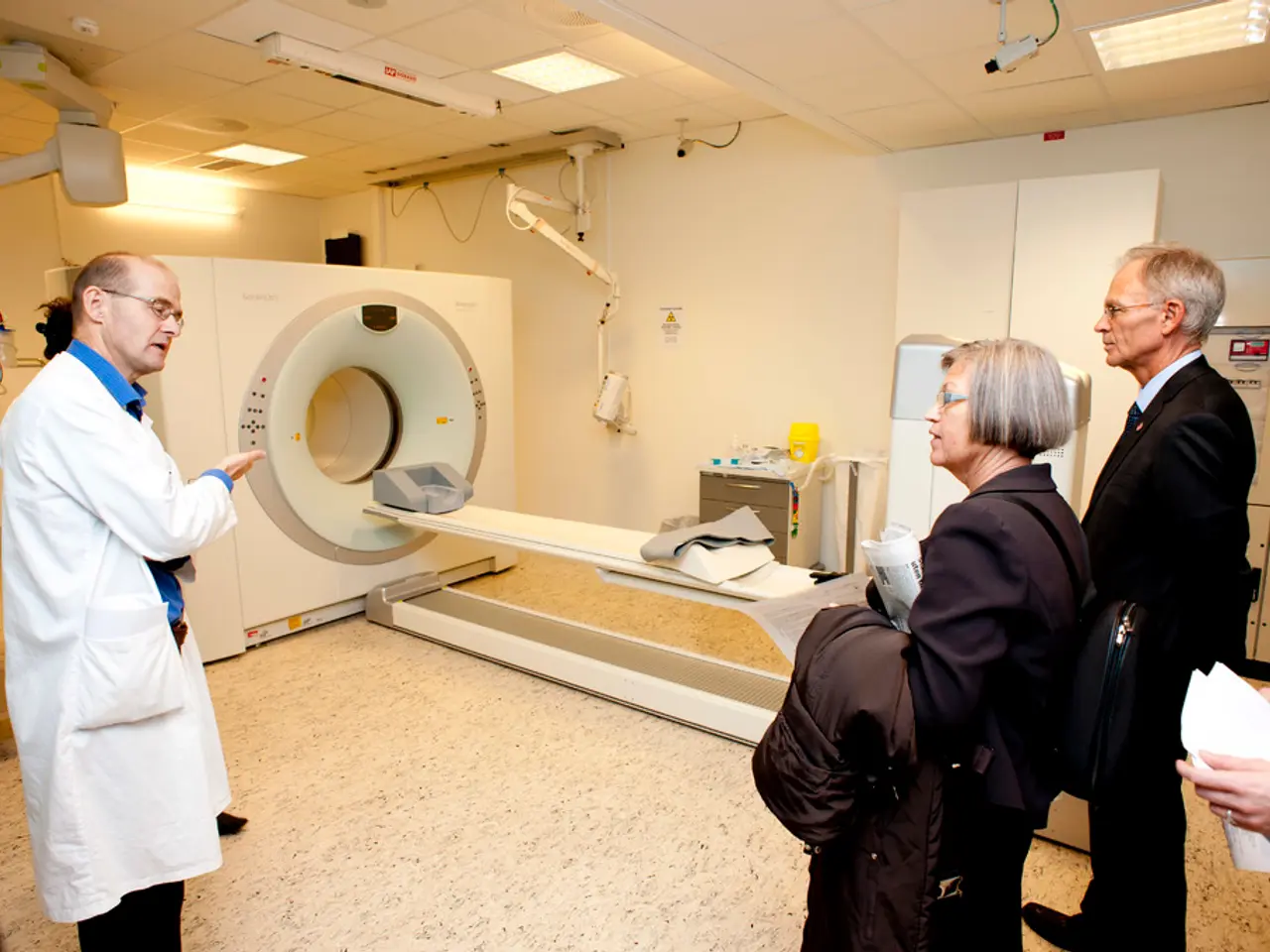Vaginal Discomfort: Explanation of Causes, Remedies, and When to Seek Medical Advice
Non-infectious vaginitis is a common condition that affects many women, often resulting from various causes. This article explores the common causes, symptoms, and treatment options for non-infectious vaginitis.
Non-infectious vaginitis can stem from hormonal changes, skin disorders, or chemical irritants. Hormonal changes, such as those experienced during menopause or after childbirth, can lead to atrophic vaginitis, characterized by reduced estrogen levels. Skin disorders like eczema or psoriasis can also affect the vaginal area, resulting in non-infectious vaginitis. Chemical irritants, such as scented soaps, douches, or certain fabrics, can cause allergic reactions or irritations, leading to the condition.
Treatment for non-infectious vaginitis typically focuses on addressing the underlying cause. For atrophic vaginitis caused by low estrogen levels, topical estrogen creams or systemic hormone replacement therapy may be prescribed to restore vaginal health. Moisturizers or lubricants can help alleviate symptoms like dryness and irritation. Identifying and avoiding chemicals or products that cause irritation is crucial.
Cool sitz baths, using mild, fragrance-free soaps, and avoiding scented products can provide symptomatic relief. A balanced diet rich in omega-3 fatty acids and antioxidants may help reduce inflammation. Managing stress through relaxation techniques can also be beneficial.
It is essential to consult a healthcare provider to determine the exact cause and appropriate treatment for non-infectious vaginitis. Some symptoms of a yeast infection include a thick, odorless vaginal discharge that resembles cottage cheese, a swollen or itchy vulva, difficult or painful urination, and pain during sex. Home remedies such as probiotics, lactic acid-based treatments, and antiseptics may have little effect and could be dangerous in treating BV. Using garlic or tea tree oil intravaginally can cause skin irritation or allergic reactions.
Bacterial vaginosis (BV) is a common cause of vaginitis, accounting for around 40-50% of all cases. BV occurs due to changes in the balance of the natural array of microorganisms in the vagina, with an overgrowth of certain types of bacteria. A doctor will prescribe antibiotics to treat BV. Symptoms of BV include vaginal itching, burning, or pain, a thin discharge that may be white or gray, a fishy smell that is especially noticeable after sex, and a burning sensation during urination.
Trichomoniasis, or trich, is an STI that can cause vaginal irritation. It is caused by the parasite Trichomonas vaginalis. About 70% of people who have trich do not have symptoms. If symptoms do occur, they can include an increased amount of vaginal discharge, foul-smelling discharge that is gray, green, or yellow, burning or itching of the vulva and vagina, discomfort or pain during urination and sex. A doctor will prescribe antibiotics to treat trich, and treating all sex partners at the same time will help stop trich from recurring.
Yeast infections, or candidiasis, occur when there is an overgrowth of the yeast that naturally exists in the vagina. A doctor will prescribe antifungal drugs to treat yeast infections. For people who experience recurring yeast infections, boric acid suppositories may be an effective treatment.
People should see a healthcare provider if they experience any vaginal irritation or any of the following symptoms: unusual vaginal discharge, burning during urination, pain during sex, itching or burning. Consulting a healthcare provider is crucial to ensure appropriate treatment and prevent the condition from worsening.
- Non-infectious vaginitis can also be triggered by skin disorders like eczema or psoriasis that affect the vaginal area, as mentioned in the text.
- In the workplace, promoting health-and-wellness initiatives that include fitness-and-exercise programs, mental-health resources, and skin-care education can help prevent vaginal health issues.
- Therapies-and-treatments for non-infectious vaginitis may include the use of topical estrogen creams, systemic hormone replacement therapy, and prescribed antibiotics, as discussed in the article.
- As stated, some symptoms of a fungal infection in females, such as a yeast infection, include a thick, odorless vaginal discharge resembling cottage cheese, pain during sex, and burning during urination.
- Medicare, as a part of healthcare, plays a significant role in covering treatments for women's health conditions, including non-infectious vaginitis and other related issues.




